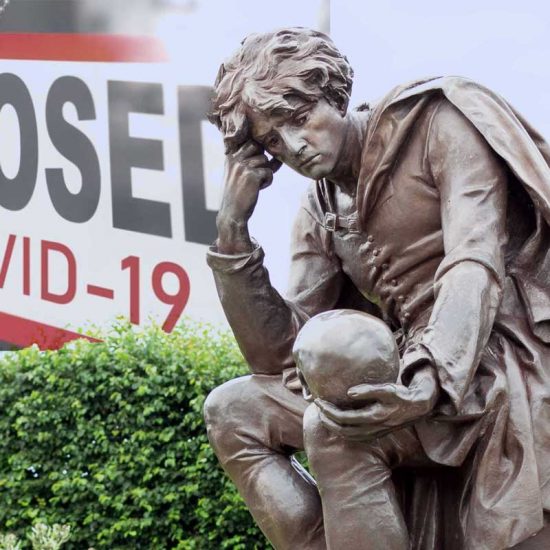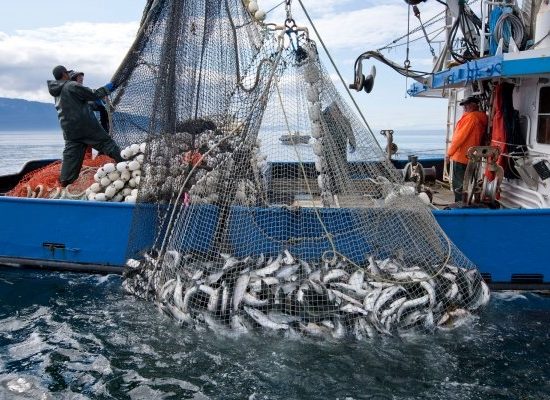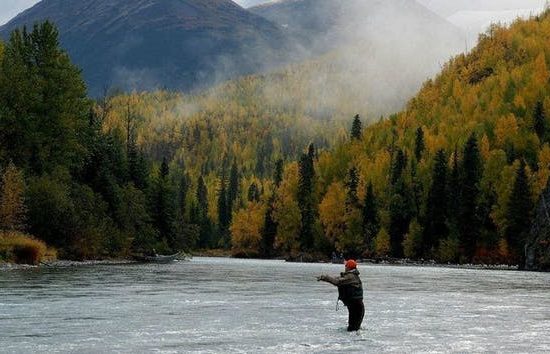Bed tax revenue was up nearly 5 percent year-over-year through the first half of 2015. Anchorage pulled in more than $25.2 million last year from its 12 percent tax on room rental transactions.
While low oil prices strain much of Alaska’s economy and state budgets, cheaper prices at the pump in the Lower 48 correlate to more visitors in the Last Frontier.
More discretionary income — money not spent on gas — provides an opportunity for Americans to scratch the travel itch. There is also a feeling that competitive airfares and less expensive travel once in Alaska encourages visitors as well.
Southcentral cruise traffic, primarily to the ports of Seward, Whittier and Anchorage, was also up this year. It is expected to hold steady in 2016.
The Anchorage Economic Development Corp. estimates about 10 percent of jobs in the city are tied to the tourism industry, meaning a strong travel business can help mitigate potential downturns in other areas of Anchorage’s economy. The industry relies on the Outside domestic and international travel, which are both on a growth curve, Saupe said.
Bed tax revenue collected by the City of Fairbanks was up more than 4 percent through July year-over-year, while passenger traffic at the Fairbanks International Airport was steady through the summer compared to 2014.
Juneau Convention and Visitors Bureau CEO Liz Perry said more than 976,000 people visited the capital city via cruise ship this year, an increase of about 2 percent. That growth is expected to continue into next year with about 1 million cruise passengers expected in 2016.
“The reduction in gas prices across the U.S. has allowed for some competitive airfares,” Perry said. “Even the little difference we’ve seen here in Alaska allows people to consider bringing cars in on the ferry and so forth to move around Southeast.”
See Full Story at Peninsula Clarion










